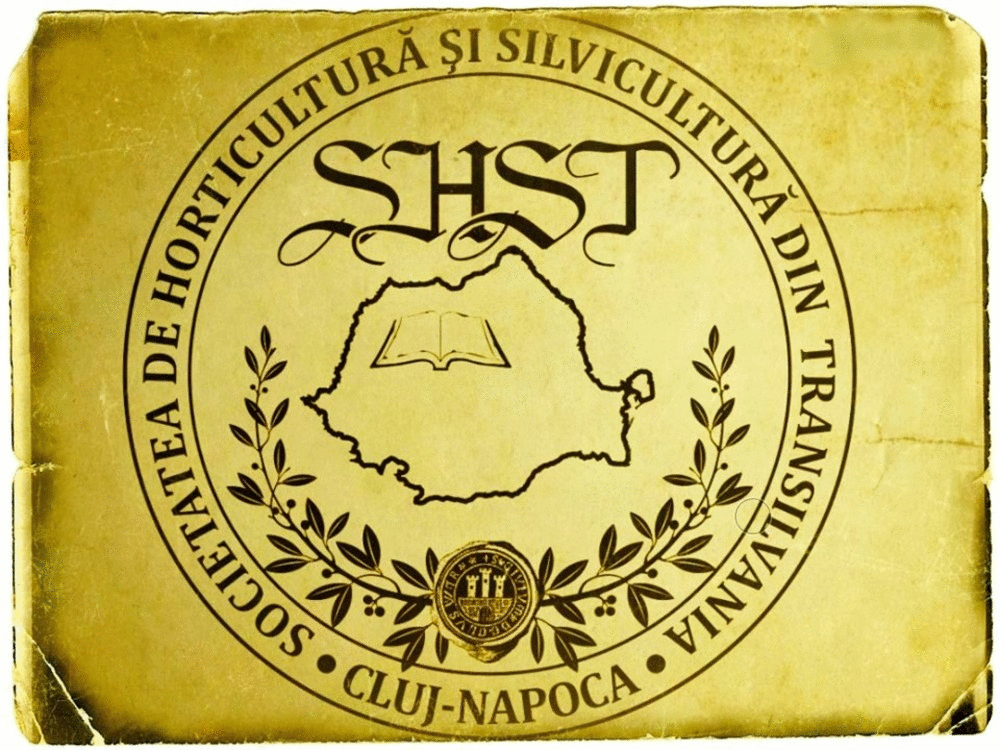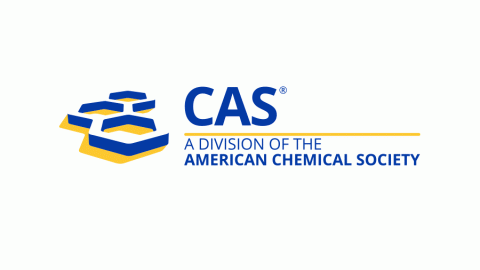Methods for Development of Microsatellite Markers: An Overview
DOI:
https://doi.org/10.15835/nsb619199Keywords:
Chloroplast SSR; EST-SSR; Genetic diversity; Genomic SSR; Microsatellite isolation strategies; Simple Sequence RepeatsAbstract
Microsatellite or Simple Sequence Repeat (SSR) markers have evolved to the status of a most versatile and popular genetic marker in a ubiquity of plant systems. Due to their co-dominant, hyper-variable and multiallelic nature, they are the prominent markers of choice for fingerprinting, conservation genetics, plant breeding and phylogenetic studies. Despite its development of a new set of SSR markers for a species remained time consuming and expensive for many years. However, with the recent advancement in genomics, new strategies/protocols are now available for the generation of SSR markers. This review presents an overview on microsatellite markers with a special emphasis on the various strategies used for the development of microsatellite markers.
Metrics
Downloads
Published
How to Cite
Issue
Section
License
Papers published in Notulae Scientia Biologicae are Open-Access, distributed under the terms and conditions of the Creative Commons Attribution License.
© Articles by the authors; licensee SMTCT, Cluj-Napoca, Romania. The journal allows the author(s) to hold the copyright/to retain publishing rights without restriction.
License:
Open Access Journal - the journal offers free, immediate, and unrestricted access to peer-reviewed research and scholarly work, due SMTCT supports to increase the visibility, accessibility and reputation of the researchers, regardless of geography and their budgets. Users are allowed to read, download, copy, distribute, print, search, or link to the full texts of the articles, or use them for any other lawful purpose, without asking prior permission from the publisher or the author.













.png)















